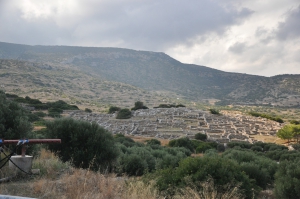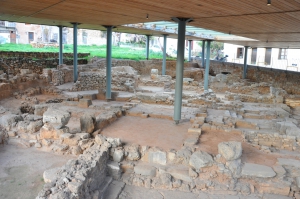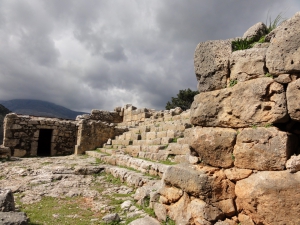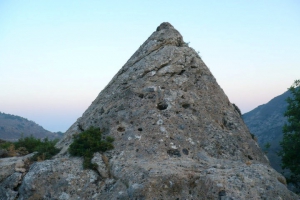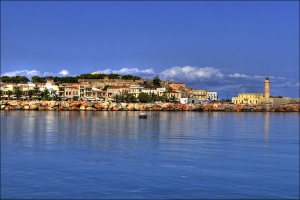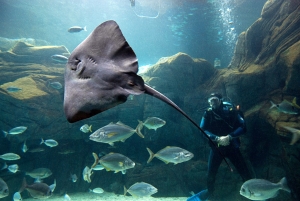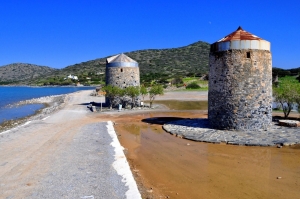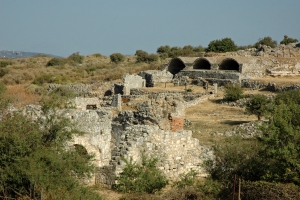The archaeological site of Gournia is located on a hill west of Pachia Ammos, near the road connecting Agios Nikolaos to Ierapetra, 19km east of Agios Nikolaos. The city flourished in the Minoan period and is the most complete excavated Minoan town in Crete. Because of its good conservation, it was named as the "Pompeii of Crete". The excavation of Gournia was implemented by an American Archaeology Group, headed by Harriet Boyd, in 1901-1904.
The Minoan Kydonia was built at the current location of the old town of Chania. Kydonia was the third largest town of Minoan Crete. Here developed a thriving craft industry and the town became rich through sea trade, which was favored by its position. Indeed, the ancient writers mention Kydonia as the mother of the Cretan towns.
The name Lato is taken after the Dorian pronunciation of the goddess Leto, who probably was worshiped here. However, the patron of the city was the goddess of childbirth, Eileithyia, who is depicted on the coins of Lato. moverer in Lato was born the admiral of Alexander the Great, Nearchus (360 to 312 BC).
Near the settlement Moni, Selino Province, we meet a very mysterious monument, unique in Crete. It is a small conical pyramid with a circumference of 16m and a height of 4.6m, which is carved. The interior has a carved room with dimensions 2.20m x 2.10m and height 1.40m.
The Venetian Harbor of Rethymnon, next to the modern harbor of the city, with the Egyptian lighthouse is one of the most picturesque areas of the old town. It operated in the Byzantine period (after 961), but flourished during the Venetian period. The Venetians in the 14th century started major projects to facing the problem of siltation, which holds till today.
Cretaquarium - Thalassocosmos is one of the most important aquariums in Europe. It started its operation in December 2005 in the former American Base of Gournes.
Contrary to the tradition of building mills on mountains, on the seaside of Elounda's ancient saltpans, we meet three windmills, at the scenic point where a canal connecting the lagoon with the south shores has been constructed. They all are completely circular, turning to all winds (this type is called Xetrocharis.





